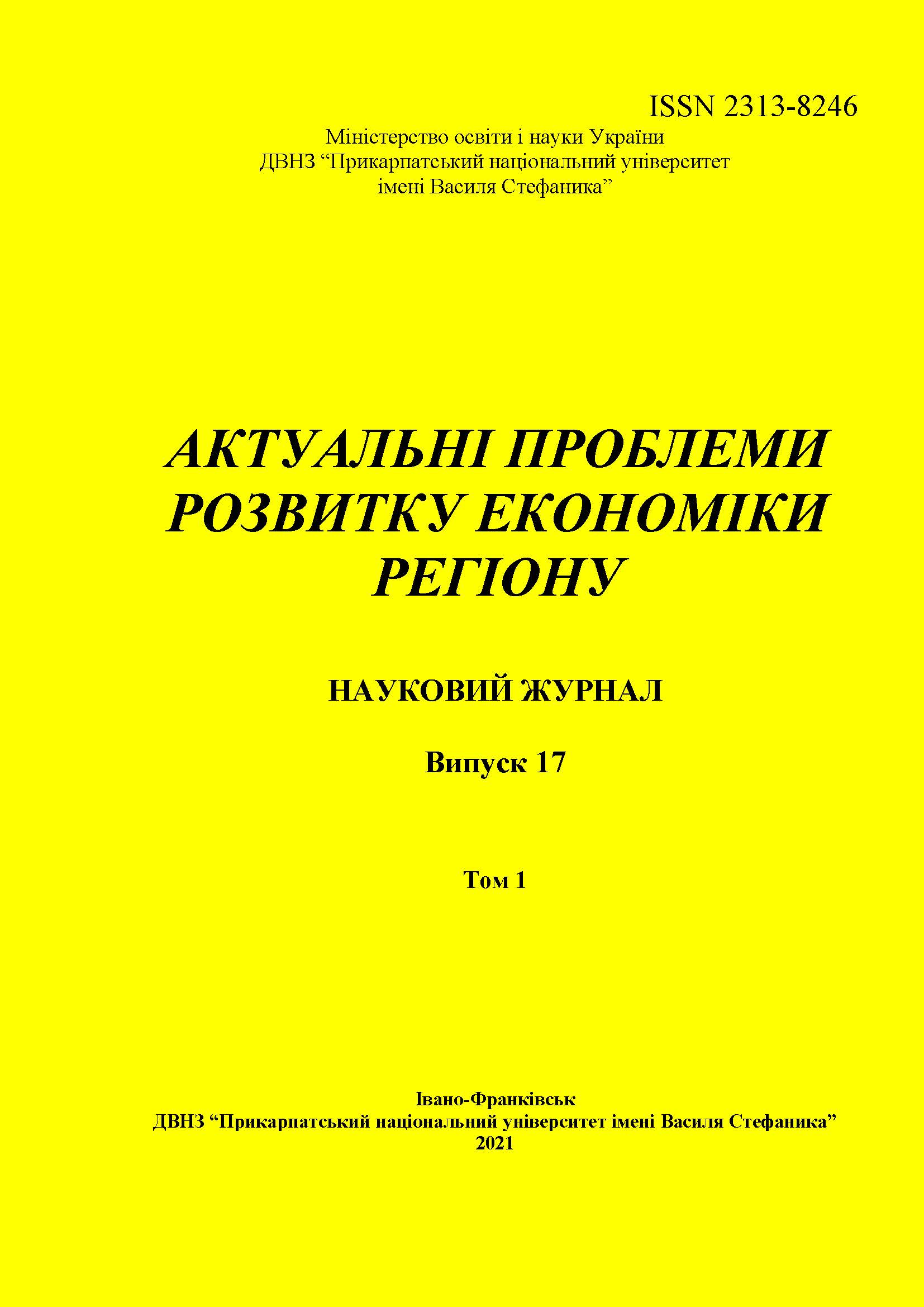PECULIARITIES OF ETHICS OF BUSINESS COMMUNICATION IN THE MODERN MARKET ENVIRONMENT
DOI:
https://doi.org/10.15330/apred.1.17.67-75Keywords:
ethics, business communication, communication process, negotiations, organizationAbstract
The success of any organization directly depends on the effectiveness of business communication. In order for communication to be effective, it is necessary to follow the norms and rules of ethics. Ethics of business communication involves choosing an effective way to establish a relationship and exchange information between the organization and stakeholders, managers and employees, as well as within the organization. In addition, it regulates the job responsibilities of employees, their external and internal behavior, as well as builds the business reputation of each individual employee. Thanks to the norms, rules and principles of ethics, employees of the organization manage to maintain a friendly atmosphere in the team, avoid disputes and misunderstandings. The purpose of writing this article is to study the features of business ethics in today's market environment and find ways to improve it. The article describes the concepts of “communication” and “business communication”. The functions of business communication are described, among which the following were singled out: communication of job responsibilities to employees, providing feedback, interaction with stakeholders, motivation of employees and the formation of social ties. The relationship of the main elements of business communication is shown. Such elements include: sender of information, business information, channel and method of communication, recipient of information and feedback. Each element is integral and plays an important role in the implementation of the communication process. The characteristics of the components that should be considered in the organization in order to improve the ethics of business communication are given and implemented: transparency, emotional intelligence, non-verbal communication, clarity, listening and speed. There are communication barriers in business communication that can hinder its successful implementation. The main communication barriers are classified and grouped into three groups: external, organizational and personal. Rules have been proposed to ensure successful negotiations. The main objectives of the negotiations are to find a mutually beneficial solution and reach an agreement or an agreement.
References
2. Colombo, Elizabeth. “Why Better Business Communication Matters and How to Improve It.” 2020, www.accdocket.com/why-better-business-communication-matters-and-how-improve-it. Accessed 28 September 2021.
3. Golyardyk, N. A., and L. L. Dyka. “Culture of business communication as a factor in the formation of professional competencies of the future specialist.” Zbirnyk naukovykh prats Natsionalnoi akademii Derzhavnoi prykordonnoi sluzhby Ukrainy, no. 4, 2013, pp. 78-86.
4. Zotova-Sadilo, O. “Methodological aspects of formation of professional business communication of future economic specialists.” Liudynoznavchi studii, no. 2, 2016, pp. 75-82.
5. Krasnitskaya, G. M. “Ethical and business relations of businessmen.” Molodyi vchenyi, no. 4 (31), 2016, pp. 310-313.
6. Savenkova, L. “Formation of the culture of professional communication of future managers of economic education.” Vytoky pedahohichnoi maisternosti, no. 15, 2015. pp. 31-34.
7. Kharchenko, L. P. “Perception and mutual understanding in the context of ethics of business communication.” Visnyk Luhanskoho natsionalnoho universytetu imeni Tarasa Shevchenka, no. 22 (8), 2012, pp. 40-48.
8. van Ruler , B. “Communication Theory: An Underrated Pillar on Which Strategic Communication Rests.” International Journal of Strategic Communication, no. 12 (4), 2018, pp. 367-381.
9. Bucăţa, G., and A. M.Rizescu “The Role of Communication in Enhancing Work Effectiveness of an Organization.” Land Forces Academy Review, no. 22 (1), 2017, pp. 49-57.
10. Zakaria, H., Kamarudin, D., Hussain, and Y., M. Lazim. “Inclusivity in the Workplace for Persons with Disabilities: Analyzing Communication Effectiveness within Malaysian Companies.” Turkish Online Journal of Qualitative Inquiry, no. 12 (6), 2021, pp. 9717-9726.
11. Jenifer, R. D., and G. P.,Raman.“Cross Cultural Communication Barriers in Workplace.” International Journal of Management, no. 6 (1), 2015, pp. 348-351.
12. Reboulet, A., and R .Jackson. “Effective Communication Approaches for Decision Analytics: An Exploration of Strategies.” Effective Strategies for Communicating Insights in Business, 2021. doi: 10.4018/978-1-7998-3964-4.ch002
13. Stacho, Z., Stachová, K., Papula, J., Papulová, Z., Kohnová, L. “Effective communication in organisations increases their competitiveness.” Polish Journal of Management Studies, no. 19 (1), 2019. pp. 391-403.
14. Grinyova, N. Ya., Karpenko, M. O. “Peculiarities of business communication in the implementation of foreign economic activity of the enterprise.” Visnyk Khmelnytskoho natsionalnoho universytetu, no. 6 (3), 2009, pp. 143-146.
15. Avramenko, O. O., Yakovenko, L. V., Shiyka, V. Ya. Business communication. Ivano-Frankivsk, Lileia-NV, 2015.
16. Kozyrev, M. P. “Communicative barriers to communication and ways to overcome them.” Naukovyi visnyk Lvivskoho derzhavnoho universytetu vnutrishnikh sprav, no. 1, 2014, pp. 201-211.
17. Maksymets, O., and A.Adamovych, “Negotiations as an integral part of business communication.” Aktualni pytannia humanitarnykh nauk, no. 36 (2), 2021, pp. 124-128.
Downloads
Published
How to Cite
Issue
Section
License
- Authors retain copyright and grant the journal right of first publication with the work simultaneously licensed under a Creative Commons Attribution NonCommercial NoDerivs 4.0 Unported License that allows others to share the work with an acknowledgement of the work's authorship and initial publication in this journal.
- Authors are able to enter into separate, additional contractual arrangements for the non-exclusive distribution of the journal's published version of the work (e.g., post it to an institutional repository or publish it in a book), with an acknowledgement of its initial publication in this journal.
- Authors are permitted and encouraged to post their work online (e.g., in institutional repositories or on their website) prior to and during the submission process, as it can lead to productive exchanges, as well as earlier and greater citation of published work (See The Effect of Open Access)


